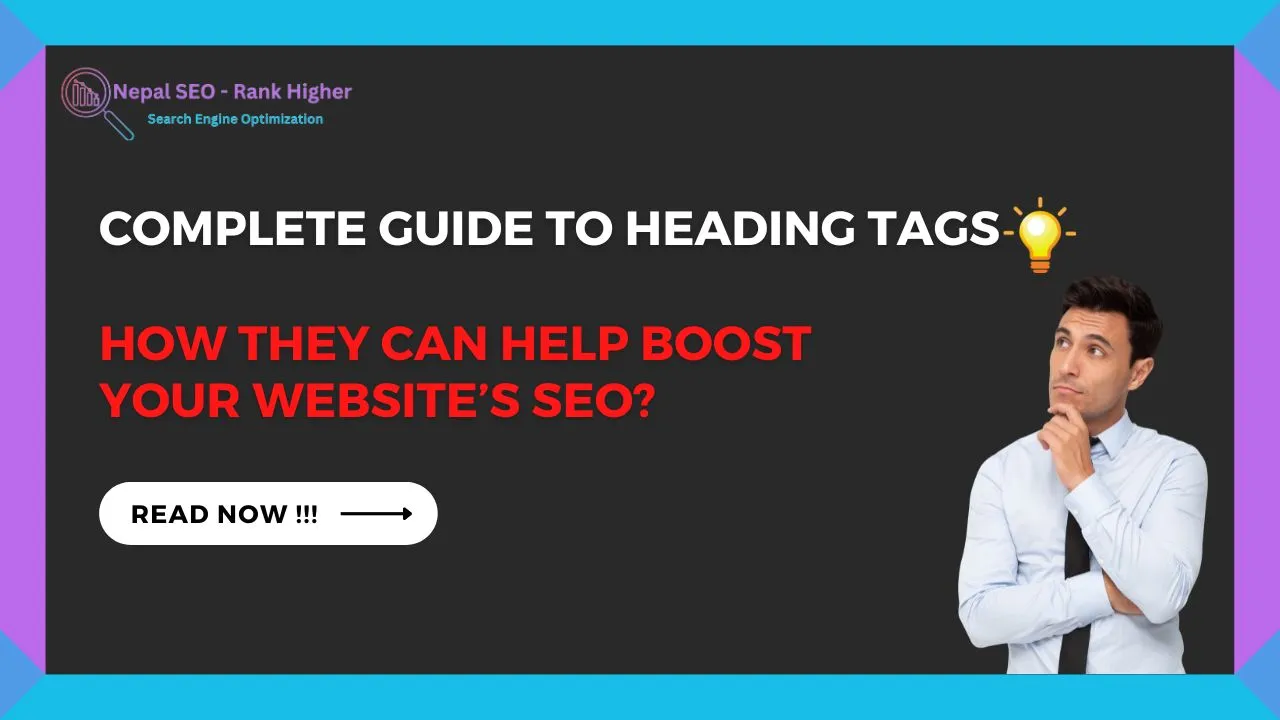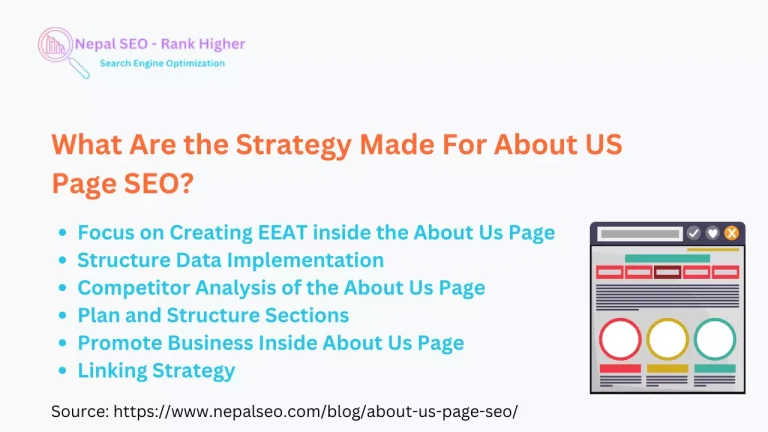The Complete Guide to Heading Tags and How they Can Help Boost Your Website’s SEO
Introduction:
Headings Tags are used to break up a page into sections. They are also used to help search engines understand what the page is about. Headings can be created using different styles and sizes, but they should always be bold and centered. They should also use keywords that are related to the content of the section.
Basics of Heading Tags
Heading tags are important for a website. They are used to organize the content of a web page and make it easier for a user to find what they need. They are HTML tags that are used to create headings on web pages. They are also known as H1, H2, H3, and so on.
Headings should be used to organize information and make it easier for the reader to understand what is being discussed in the text. The main purpose of headings is to break up a document into sections, which makes it easier for the reader to find what they are looking for.
HTML tags that help web pages rank better in search engine results. They help a website’s content show up higher in search engine rankings by defining different levels of headings on a page.
Heading Tags & SEO Proximity Keyword Strategy Explained
In the past, SEO was all about keywords. But now, it is more about the quality of content and how it relates to other content.
Heading tags give a sense of hierarchy to your page and can be used for keyword proximity strategy. If you are using a heading tag for your keyword in the same paragraph, then you are using a proximity strategy.
The best way to use heading tags is when you want to create a hierarchy between different sections on your page or website.
The proximity keyword strategy is a search engine optimization strategy which is used to rank a website higher in search engines by including keywords in Headings which are related to the topic of the website in close proximity to one another.
The Benefits of Proper Headings for SEO
Headings are one of the most important aspects of SEO. They are the first thing that a search engine crawler sees on a page and make it easier for them to index your content.
Headings help readers find what they’re looking for, and they help search engines find your content. Headings also provide an easy way to break up large blocks of text so readers don’t get overwhelmed or lost in the information.
The benefits of headings can be summarized as follows:
- Headings make it easier for readers to find what they’re looking for.
- Headings make it easier for search engines to index your content.
- Headings provide an easy way to break up large blocks of text.
What is the Purpose of a H1 Tag?
The h1 tag is the most important on-page SEO element. It’s the title of your content which should be used only one time and it should be used to anchor text throughout your article.
The H1 tag is the most important on-page SEO element. It’s the title of your content and it should be used to anchor text throughout your article. The H2 tags, which are also called subheadings, can also help you achieve this goal by linking back to the H1 tag at the top of each section in your blog post.
You can use these tags to make sure that you are using keywords in a natural way throughout your blog post without sounding spammy or too repetitive.
Conclusion:
Web page headings are extremely important for SEO. They should be used to attract the attention of the user and make sure that they are clickable.
For example, if you want to get more traffic to your blog post, you should make sure that you have a catchy headline that contains your Main Keyword. Your title can be something like “How to Write SEO Friendly Title.” This Content has both main keywords and also make user curious about it.


